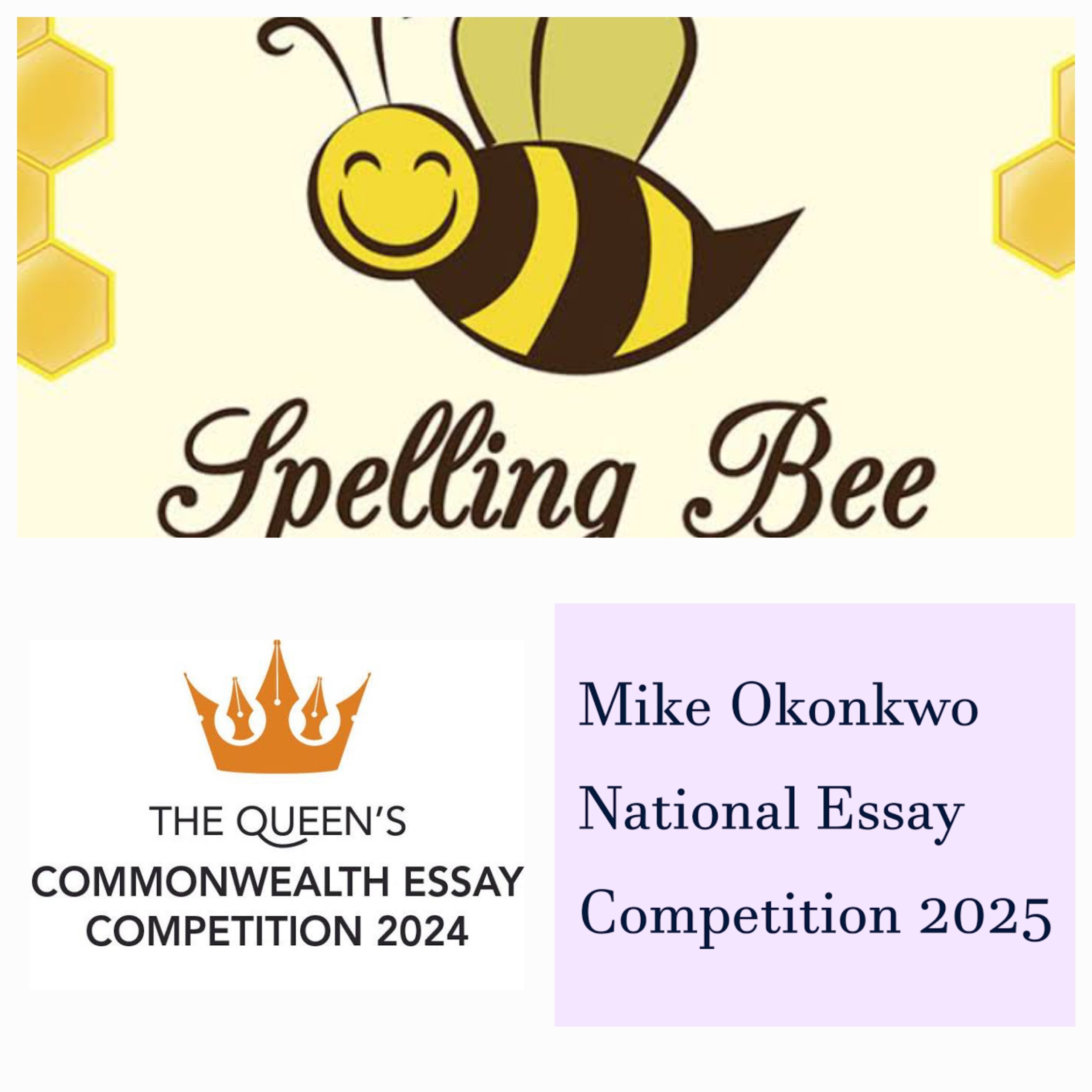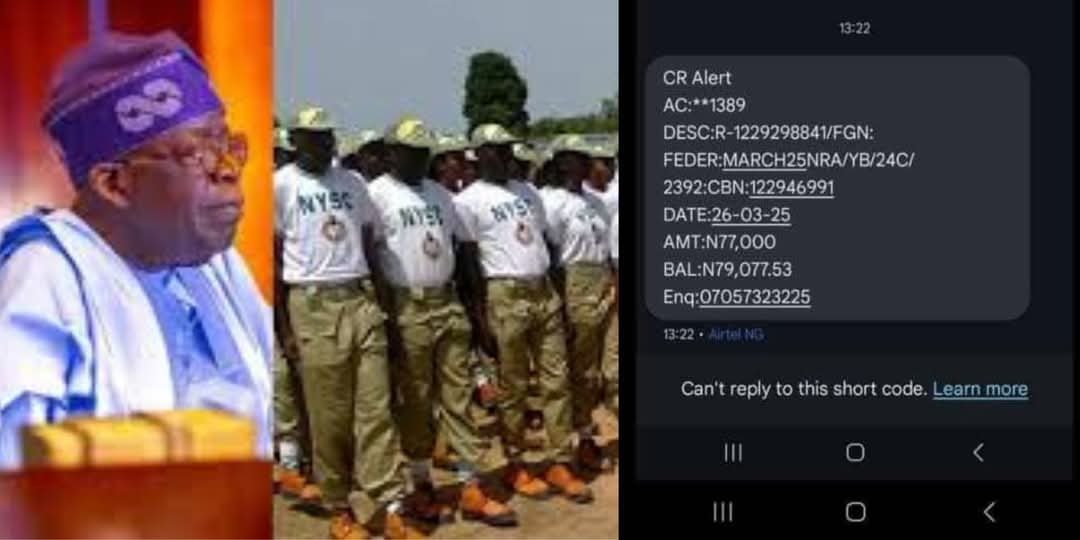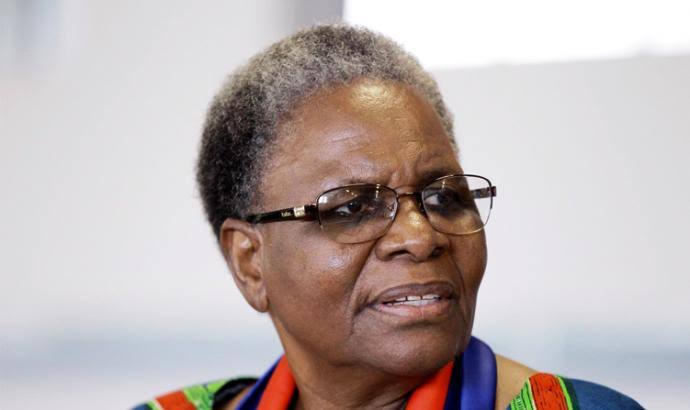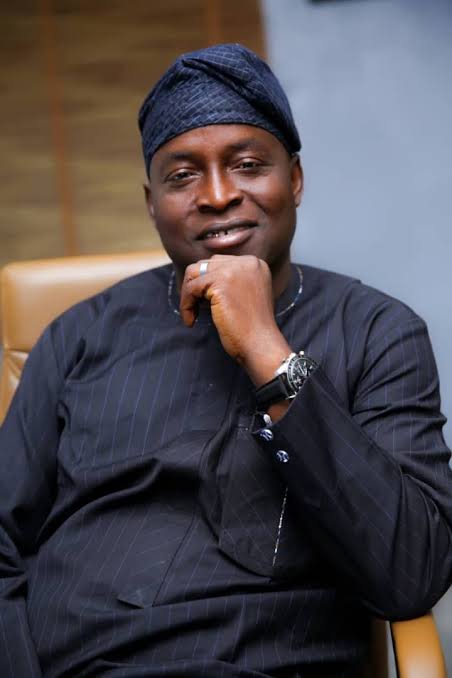In an era where technological wonders spring to life, there’s one name that resonates with educators and students alike: ChatGPT. With its seemingly boundless ability to craft essays, compose stories, and even write code, ChatGPT stands as a symbol of AI’s potential in reshaping education. However, beneath its impressive facade lie complexities that demand exploration, introspection, and a redefinition of the way we view AI’s role in the learning landscape.
The Illusion of Perfection: Scrutinizing ChatGPT’s Facade
Upon first glance, ChatGPT appears to be a virtuoso of the written word, weaving intricate narratives that rival human craftsmanship. Dr. Felicia Zimmerman, an acclaimed education thought leader, acknowledges this captivating allure, but swiftly draws our attention to the chinks in the AI armor. “Nuance, storytelling, and emotion,” she explains, “are realms where human ingenuity still reigns supreme.”
The delicate dance of capturing the essence of human expression continues to elude ChatGPT. For those well-versed in a specific subject, the chatbot’s limitations become evident. It taps into the vast ocean of internet knowledge, weaving its responses from the threads of commonality, yet it often overlooks the nuances and intricacies that only a true expert can unravel. The discerning eye of a specialist is quick to detect the difference between a masterful composition and a well-crafted imitation.
The Web of Deception: Misinformation and Bias
As the digital age bestows us with unprecedented access to information, it also invites a trove of misinformation, disinformation, and inherent bias. ChatGPT, while a formidable tool, is not impervious to these pitfalls. Dr. Norton, a stalwart in the realm of education, articulates a critical concern: the chatbot’s lack of discernment when it comes to credibility.
Unlike a simple Google search, ChatGPT does not bear the hallmark of citations, making it challenging to ascertain the authenticity of its information. The intoxicating allure of information on demand can lull users into a false sense of security, assuming the
AI-generated content is gospel truth. Dr. Norton wisely advises that a vital lesson be imparted to students: theinternet’s vast expanse demands critical thinking, discernment, and an unyielding pursuit of accuracy.
Harnessing the Imperfections: The Classroom as a Crucible
Amidst these challenges, educators find themselves at a crossroads—a juncture where ChatGPT’s limitations become invaluable teaching tools. Dr. Zimmerman proposes an innovative approach: transforming AI’s shortcomings into learning opportunities. By utilizing ChatGPT-generated text as a springboard for research, students are encouraged to seek corroborating evidence from diverse sources. This pedagogical shift not only cultivates a culture of critical analysis but empowers students to shape their unique perspectives.
Furthermore, the classroom becomes a canvas for introspection, where students partake in deconstructing and enhancing AI-generated narratives. Dr. Zimmerman’s vision encompasses an enriching experience where human finesse interlaces with AI innovation. While ChatGPT may string together ideas, it is the human touch that weaves the threads of allegory, art, and intricate references that resonate with the soul.
The Cheating Conundrum: Navigating the Ethical Terrain
As AI infiltrates the educational realm, concerns regarding academic integrity and the specter of cheating loom large. Dr. Culatta, a luminary in the field, dismisses these concerns as opportunities for growth. He emphasizes that designing robust assessments and redefining the parameters of assignments can render AI’s potential for cheatingirrelevant. By crafting tasks that necessitate in-depth exploration, critical evaluation, and personal contributions, educators craft an environment where AI is a partner in learning, rather than a conduit for deception.
The Road Ahead: Preparing for an AI-Powered Future
The advent of AI heralds a seismic shift in education, compelling educators to rethink their methodologies, curricula, and approaches to learning. The imperfections woven into ChatGPT’s fabric serve as guideposts, steering us towards a future where human creativity, intellect, and critical thinking reign supreme. In a world where AI seamlessly intertwines with human ingenuity, the art of teaching transcends the confines of tradition, embracing a realm of boundless possibilities.
As we gaze upon the horizon, it is evident that the evolution of education is inexorably linked with the rise of AI. Our duty as educators is to sculpt a generation equipped not just with technical skills, but with the profound ability to discern, to critique, and to contribute.
ChatGPT stands not as a panacea, but as a catalyst for metamorphosis. The journey is ours to embark upon, the destination unknown, yet brimming with the promise of a future where human potential and AI capabilities dance harmoniously, creating a symphony of learning that resonates across generations.













